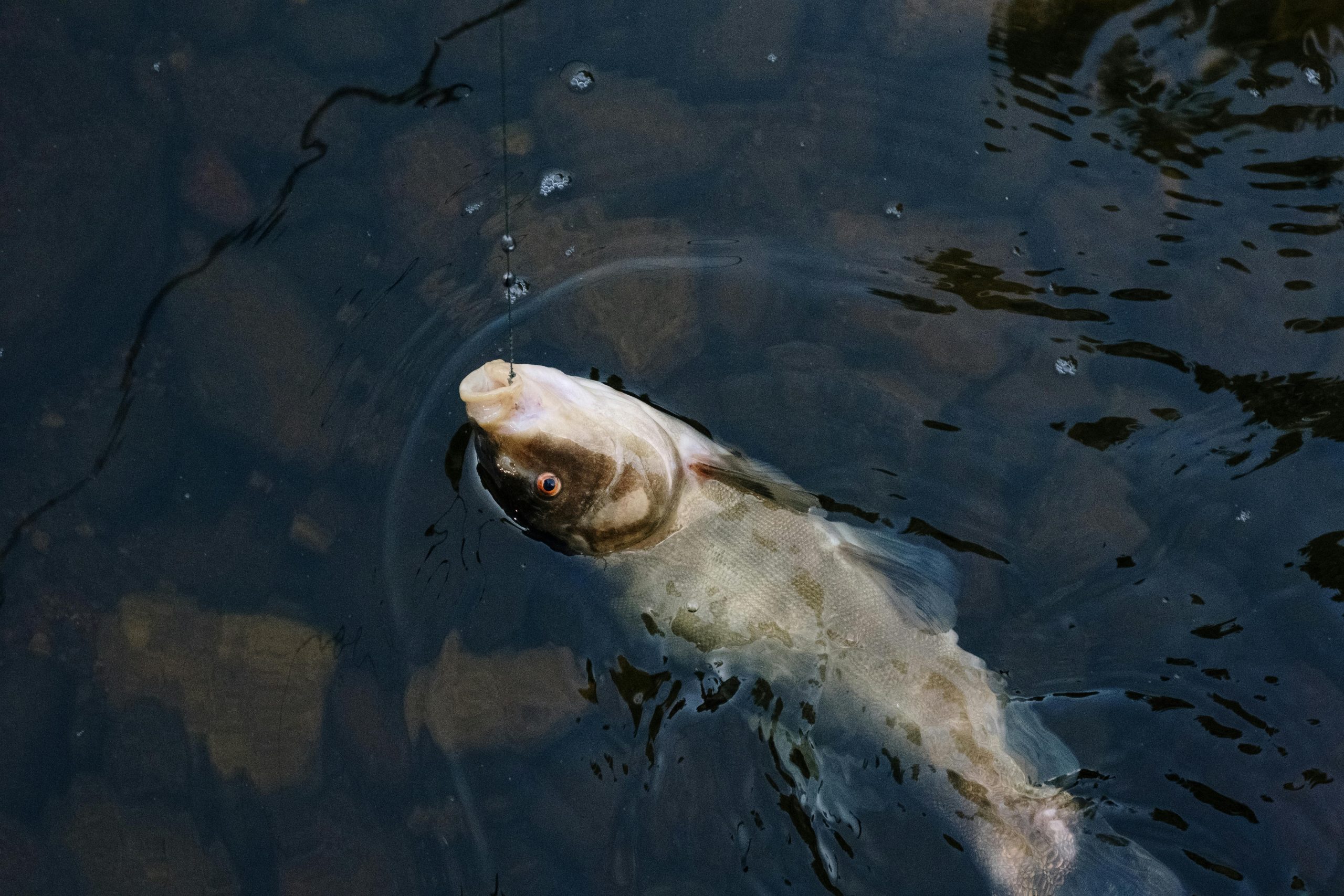Menu

In a survival situation, access to food can be scarce, making the ability to catch fish a valuable skill for anyone facing the wilderness. Whether you’re stranded in the wilderness, lost at sea, or navigating a post-apocalyptic landscape, knowing how to fish can provide a crucial source of sustenance and increase your chances of survival. In this guide, we’ll explore essential techniques and tips for catching fish in emergency situations.
Understanding the Basics
Before delving into fishing techniques, it’s essential to understand the basic principles of fishing and how fish behave. Fish are attracted to areas with abundant food sources, such as underwater vegetation, rocks, logs, and drop-offs where they can find shelter and ambush prey. By identifying these features and understanding fish behavior, you can increase your chances of success when fishing in survival situations.
Improvised Fishing Gear
In a survival situation, you may not have access to traditional fishing gear such as rods, reels, and lures. However, with a little creativity and resourcefulness, you can fashion improvised fishing gear using materials found in your environment. Here are some common items that can be repurposed for fishing:
Techniques for Catching Fish
Once you’ve assembled your improvised fishing gear, it’s time to put it to use. Here are some effective techniques for catching fish in survival situations:
Conclusion
In a survival situation, the ability to catch fish can mean the difference between hunger and nourishment, despair and hope. By understanding fish behavior, improvising fishing gear from available materials, and employing effective fishing techniques, you can increase your chances of securing a valuable food source in the wilderness. So remember to stay patient, persistent, and resourceful—and may your efforts be rewarded with a bountiful catch that sustains you through the challenges ahead.
Our knowledgeable and friendly customer support team is ready to assist you with any inquiries you may have. Whether you need information about a product, have questions about your order, or seek guidance on preparedness strategies, we’re just a message away.
Email: info@thesurvivalprepper.com
Phone: 1-702-900-8863